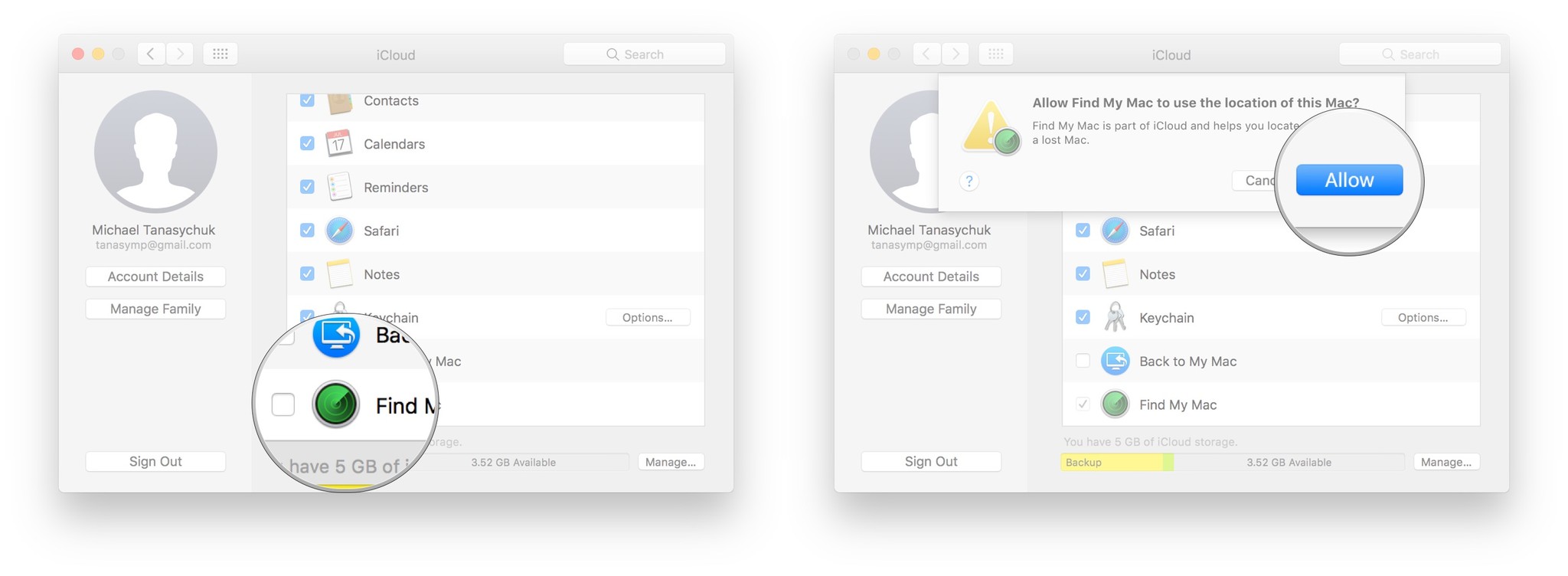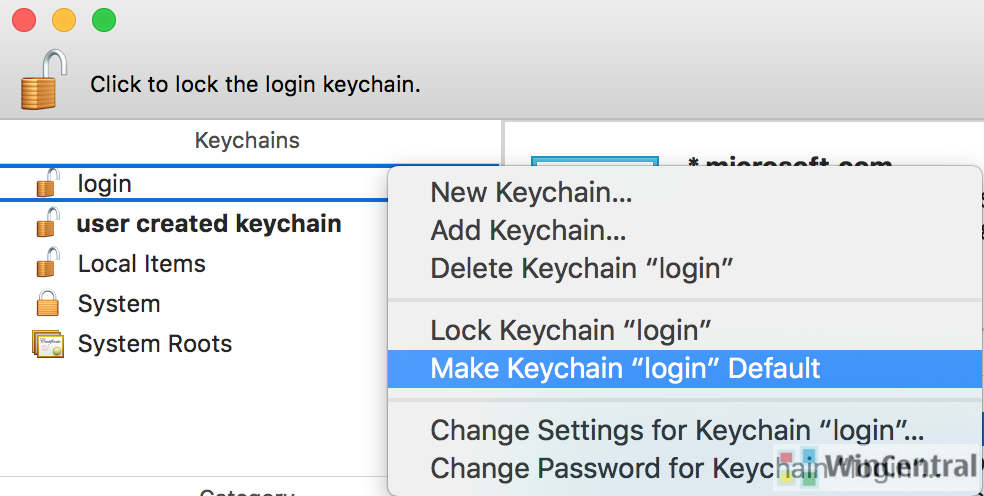How Do I Find My Administrator Name And Password For Mac?
We’re going to show you how to quickly turn any Standard user account into an Admin account on Mac OS X. Do keep in mind that an administrator account is the highest level of account on a Mac (aside from superuser root) and thus an admin account can modify and remove software, reset passwords, add additional accounts, and other administrative tasks. The passwords for all accounts on macOS Mojave 10.14, macOS Sierra, OSX 10.11 El Capitan, OSX 10.10 Yosemite, OSX 10.9 Mavericks and OSX 10.8 Mountain Lion including admin and standard user accounts can be reset and changed when booted from the Recovery Partition on macOS. How to quickly restore a missing admin account in OS X. If you find that you cannot access your OS X administrator account, there is a relatively quick way to get it back.
- How Do I Find My Administrator Name And Password For Mac Windows 7
- How Do I Find My Administrator Name And Password For Mac Os
The Mac OS X Terminal allows you to control your computer without a graphical interface. This includes creating new users, changing passwords and even granting permissions on any of your office Macs. You can change a colleague's user account -- or your own -- to an administrator account that allows more control over the computer. But you need either an existing administrator's password or that of the Mac's root user to do it.
Step 1
Start your Mac and log in as an administrator or the root user. To log in as the root user, click 'Other' in the login window, enter 'root' in the 'Name' box and the root user's password in the 'Password' box. If there isn't an 'Other' option, the root user is not enabled on your Mac.
Step 2
Open Terminal by double-clicking it in the 'Utilities' folder in your 'Applications' folder or searching for it in Spotlight.
Step 3
At the Terminal prompt, enter the following command:
sudo dscl . -create /Groups/admin GroupMembership username
Substitute your username for 'username.'
Step 4
Press the 'Return' key and when prompted, enter the password for the account you logged in with. Terminal will return a blank prompt.
Step 5
Quit Terminal and choose 'Log Out [Username]' from the Apple menu. You may now log in with your former user account, which now has administrator privileges.
Tip
- Although a root user is created by default when you install OS X, it isn't enabled by default. To enable the root user, log in to your Mac as an administrator, choose 'Go to Folder' in the Finder, enter '/System/Library/CoreServices/' and click 'Go.' Double-click Directory Utility in the 'CoreServices' folder, click the 'lock' icon and enter the administrator's password. Choose 'Enable Root User' from the Edit menu.
References
About the Author
Michael Cox writes about lifestyle issues, popular culture, sports and technology. In a career spanning more than 10 years, he has contributed to dozens of magazines, books and websites, including MSN.com and 'Adobe Magazine.' Cox holds a professional certificate in technical communications from the University of Washington.
Photo Credits
How Do I Find My Administrator Name And Password For Mac Windows 7
- Justin Sullivan/Getty Images News/Getty Images

More Articles
The passwords for all accounts on macOS Mojave 10.14, macOS Sierra, OSX 10.11 El Capitan, OSX 10.10 Yosemite, OSX 10.9 Mavericks and OSX 10.8 Mountain Lion including admin and standard user accounts can be reset and changed when booted from the Recovery Partition on macOS.
Boot into Recovery Partition
Reboot into the Recovery Drive by choosing the ‘Apple‘ menu > Restart, hold down the ‘command’ + ‘r’ keys on the keyboard during the start up process, when you see the start up screen you can let go. When the machine boots eventually you will see the macOS or OS X Utilities screen.
You can refer toand make a contrast. To do this, open Outlook and go to File Export and then follow the steps above.Install the latest 15.xx version of Office for Mac 20161.In Safari, re-download the Office app or apps you just deleted. Delete the 'Main Profile' folder and all its contents.Note: If you're using a POP/IMAP server, make sure you export your mailbox before deleting your profile.  Hi Mark,Thank you for your update. And since the Mac OS has updated to the latest version, I suggest you check if the Outlook 2016 for Mac desktop client is the latest version.
Hi Mark,Thank you for your update. And since the Mac OS has updated to the latest version, I suggest you check if the Outlook 2016 for Mac desktop client is the latest version.
Go to the Utilites menu and select Terminal
At the prompt type ‘resetpassword’ (hit enter)
This launches the Reset Password screen, select the Volume Hard Drive in the top part of the window pane, then for the user that you need to reset select the user account in the lower part then add and confirm the new password and click save, you get a confirmation screen and details about the keychain account.
Go to the Apple Menu and click Restart to boot back to the normal hard drive and the new password will take effect immediately.
How Do I Find My Administrator Name And Password For Mac Os
If you are using macOS Mojave the screen you see is a little friendlier, just select the account you want to reset the password on and follow the instructions.